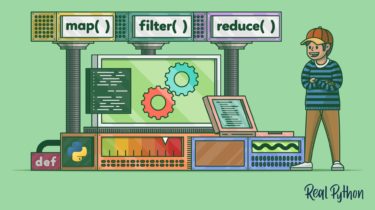Python: Check if Array/List Contains Element/Value
Introduction In this tutorial, we’ll take a look at how to check if a list contains an element or value in Python. We’ll use a list of strings, containing a few animals: animals = [‘Dog’, ‘Cat’, ‘Bird’, ‘Fish’] Check if List Contains Element With for Loop A simple and rudimentary method to check if a list contains an element is looping through it, and checking if the item we’re on matches the one we’re looking for. Let’s use a for […]
Read more

